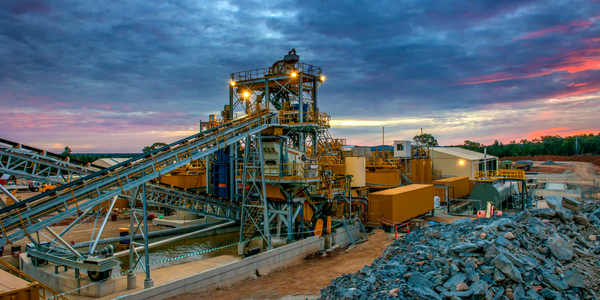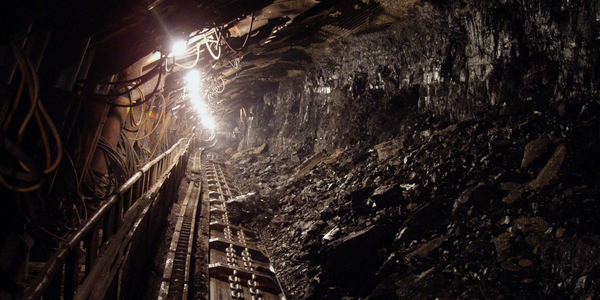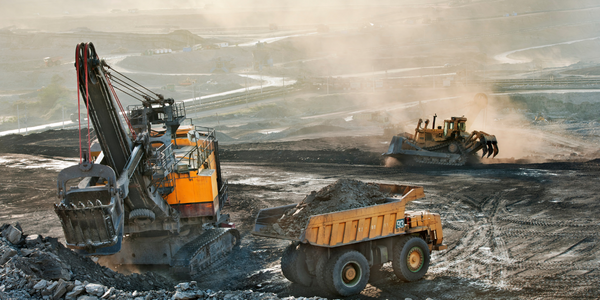
Technology Category
- Networks & Connectivity - 5G
- Robots - Wheeled Robots
Applicable Industries
- Mining
- Telecommunications
Applicable Functions
- Logistics & Transportation
- Product Research & Development
Use Cases
- Leasing Finance Automation
- Material Handling Automation
Services
- System Integration
- Testing & Certification
The Customer
Aitik
About The Customer
Boliden is one of the world's most successful mining companies with strong productivity and stock market performance. It operates eight mines, including the Aitik mine, the largest open pit in Europe, located in the north of Sweden. Boliden is known for its relentless focus on efficiency, transport, and metal extraction to optimize the flow of ore. The company is gradually shifting its focus towards automation as the next area of opportunity to improve profitability in the mining industry. Boliden has been actively participating in a research project to co-create the mine of the future, exploring the role of automation in the mining industry and uncovering the business value of using 4G and 5G technology in the mine, in terms of both economics and sustainability.
The Challenge
The mining industry, a significant contributor to global economic activity with revenues exceeding USD 500 billion, is facing a challenge of improving efficiency and profitability. The industry is gradually shifting its focus towards automation as the next area of opportunity. Boliden, one of the world's most successful mining companies, operates the Aitik mine, the largest open pit in Europe. The Aitik mine is expanding, and with the increase in production from 36 million metric tons of ore to 45 million metric tons, the amount of rock removed will also increase significantly. However, increasing the number of machines required for rock removal in a busy mine is not a straightforward task. Additionally, every blast creates toxic gases that need to dissipate before humans can enter the area and begin excavation. The challenge lies in improving efficiency, managing the increased production, and ensuring safety in the harsh mining environment.
The Solution
Boliden, in partnership with Ericsson, has implemented automation in the Aitik mine to address these challenges. Automated drill rigs, known as 'Pit Vipers', can move from one drill hole to the next along a predefined path and perform repetitive tasks autonomously. Five drill rigs at Aitik have been retrofitted with autonomous operation and remote-control features. Automating a drill rig could increase operating hours from 5,000 to 7,000 hours per year, enabling Boliden to perform the same amount of blast operations with these 5 modified rigs as they could with 7 or more traditional rigs. This automation also eliminates the need for additional staff, service stations, parking areas, transport on busy access roads and dangerous staff transportation within the mine. However, for fully autonomous, remotely controlled equipment, high-performance communications are needed. Boliden has installed a Wi-Fi communication system, but it has limitations. Therefore, a 4G mobile communication system is being considered as a secure, flexible and future-proof solution for Boliden. However, only 5G can comfortably handle the most demanding requirements – bandwidth, quality of service, latency and positioning.
Operational Impact
Quantitative Benefit

Case Study missing?
Start adding your own!
Register with your work email and create a new case study profile for your business.
Related Case Studies.

Case Study
Underground Mining Safety
The goal was to produce a safety system to monitor and support underground mining operations; existing systems were either too simple (i.e. phone line) or overly complex and expensive, inhibiting deployment, and providing little-to-no support in event of an accident. Given the dangerous nature of the mining work environment and the strict regulations placed on the industry, the solution would have to comply with Mine Safety and Health Administration (MSHA) regulations. Yet the product needed to allow for simple deployment to truly be a groundbreaking solution - increasing miner safety and changing daily operations for the better.

Case Study
Mining Firm Quadruples Production, with Internet of Everything
Dundee Precious Metal’s flagship mine, in Chelopech, Bulgaria, produces a gold, copper, and silver concentrate set a goal to increase production by 30%. Dundee wanted to increase production quality and output without increasing headcount and resources, improve miner safety, and minimize cost.

Case Study
Fastenal Builds the Future of Manufacturing with MachineMetrics
Fastenal's objective was to better understand their machine downtime, utilization, quality issues, and to embrace cutting-edge manufacturing technology/process improvement capabilities to bring their team to the next level. However, there was a lack of real-time data, visualization, and actionable insights made this transition impossible.

Case Study
Vodafone Hosted On AWS
Vodafone found that traffic for the applications peak during the four-month period when the international cricket season is at its height in Australia. During the 2011/2012 cricket season, 700,000 consumers downloaded the Cricket Live Australia application. Vodafone needed to be able to meet customer demand, but didn’t want to invest in additional resources that would be underutilized during cricket’s off-season.

---nasdaq--eric_1.jpg)



